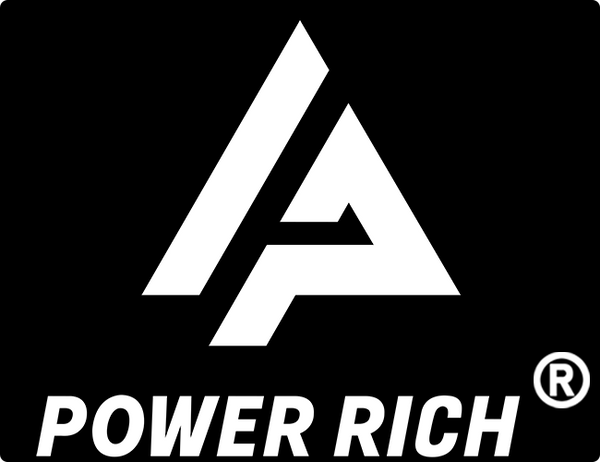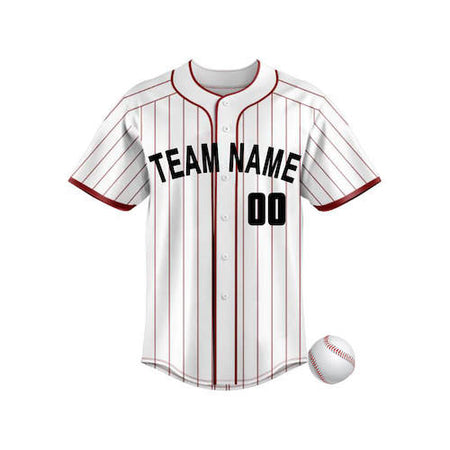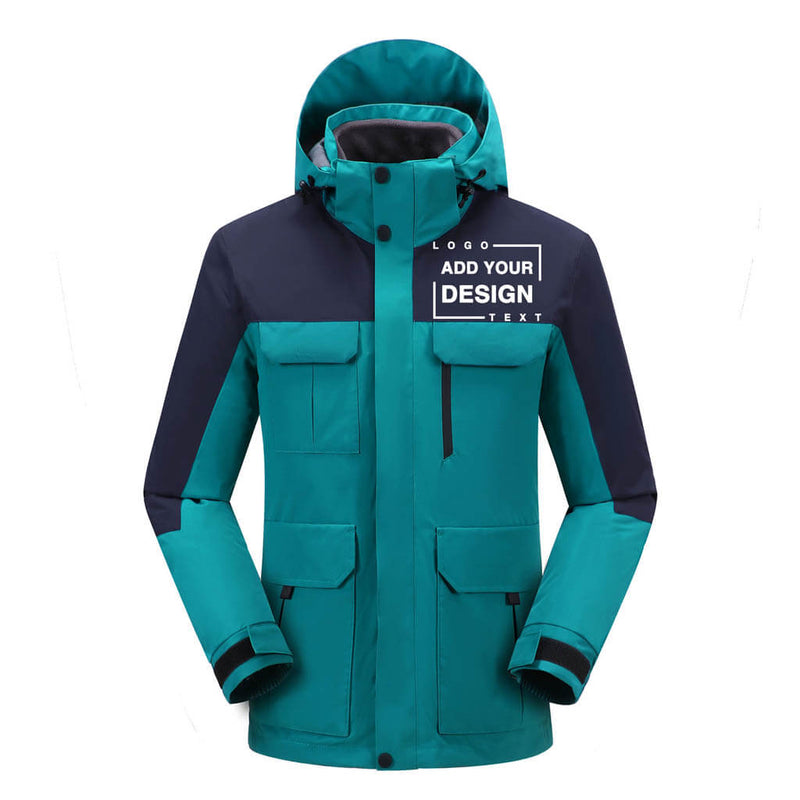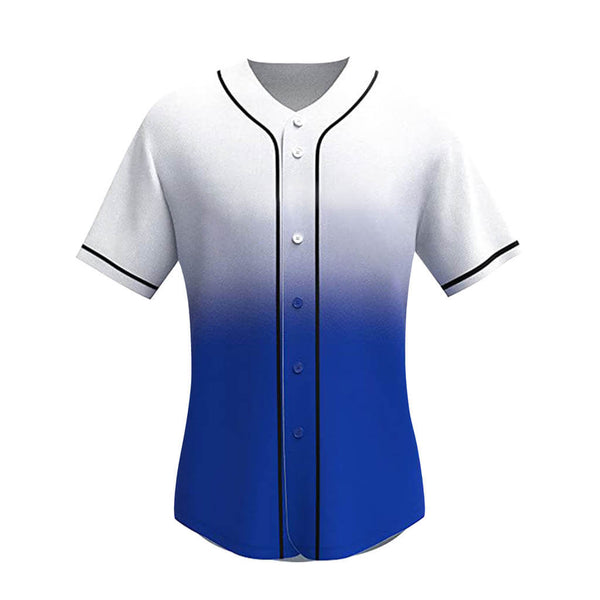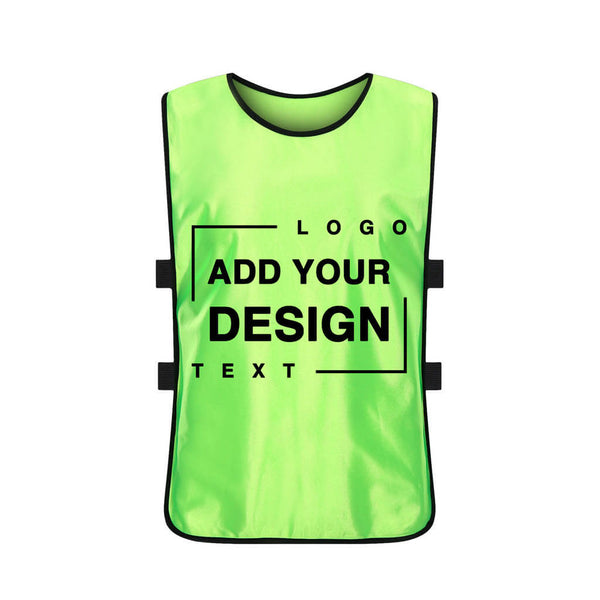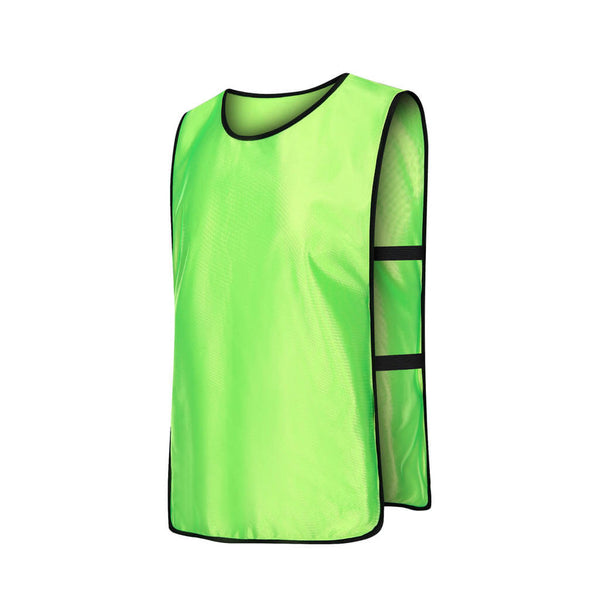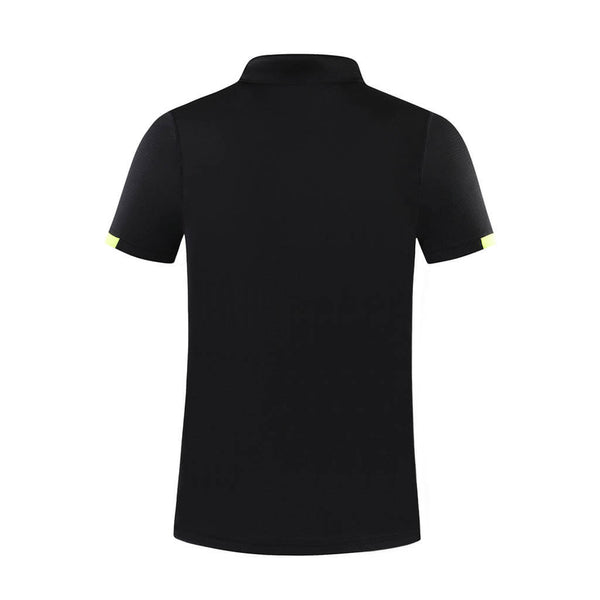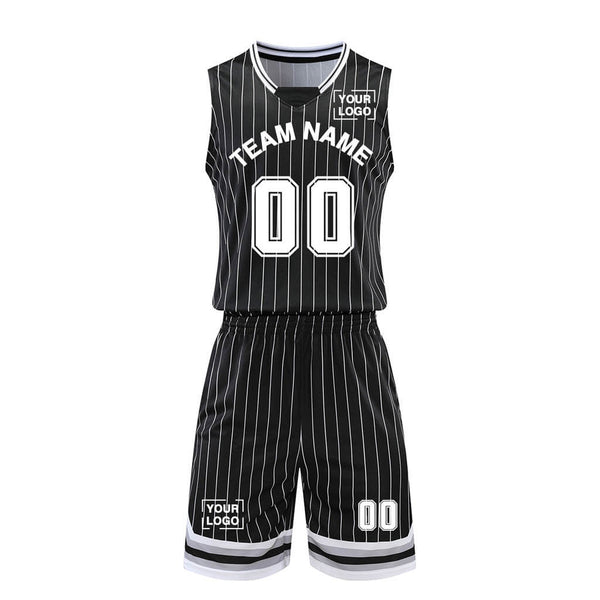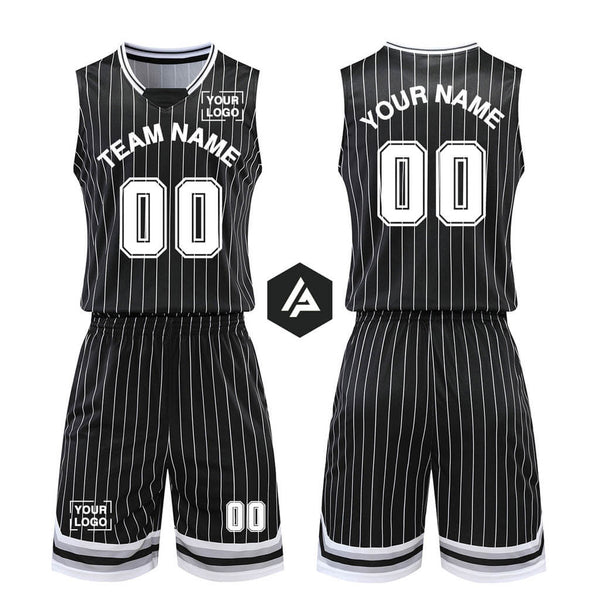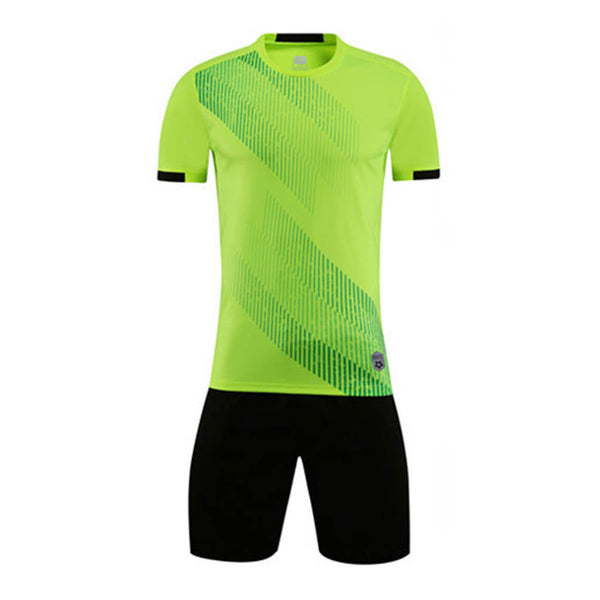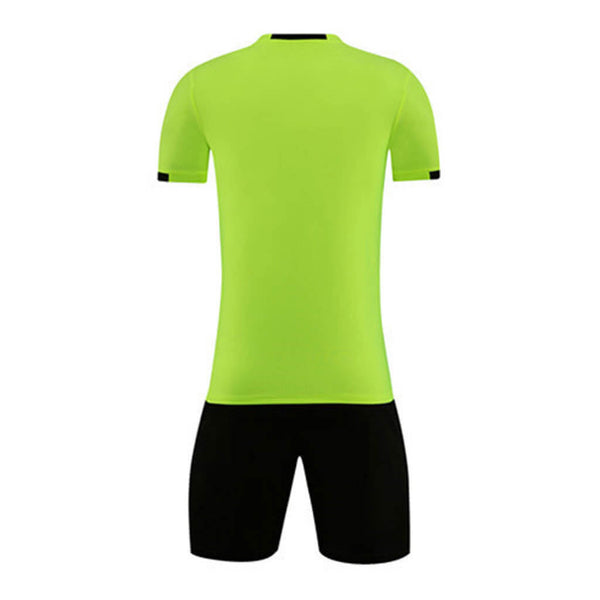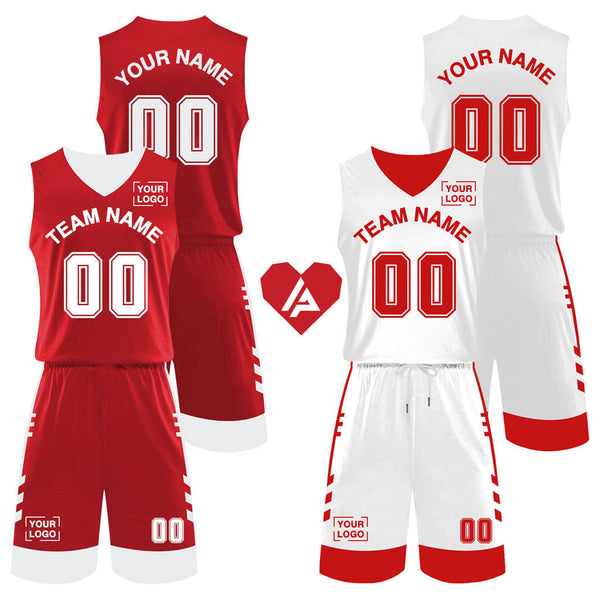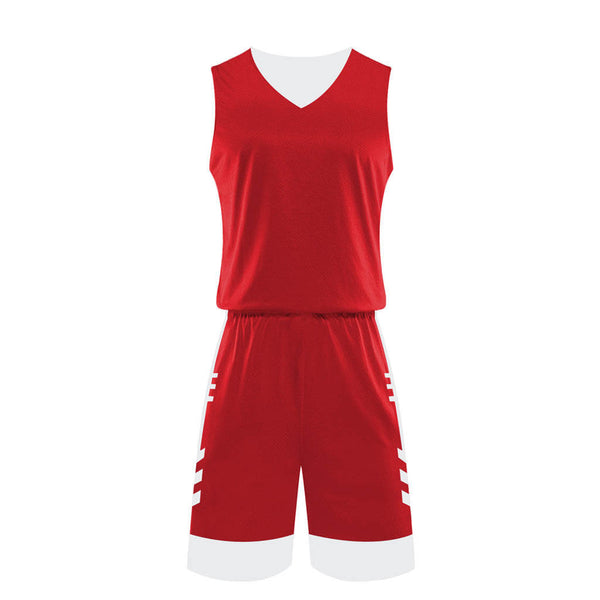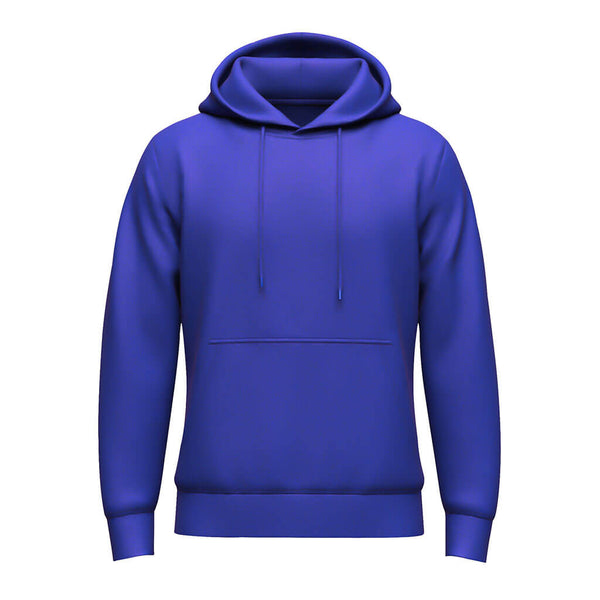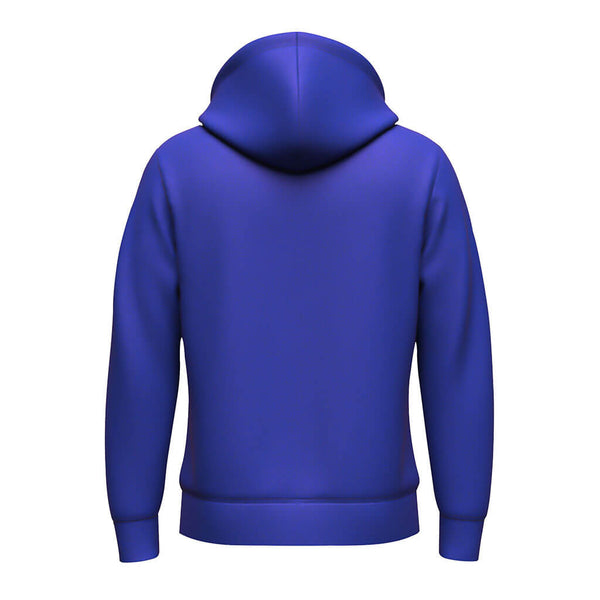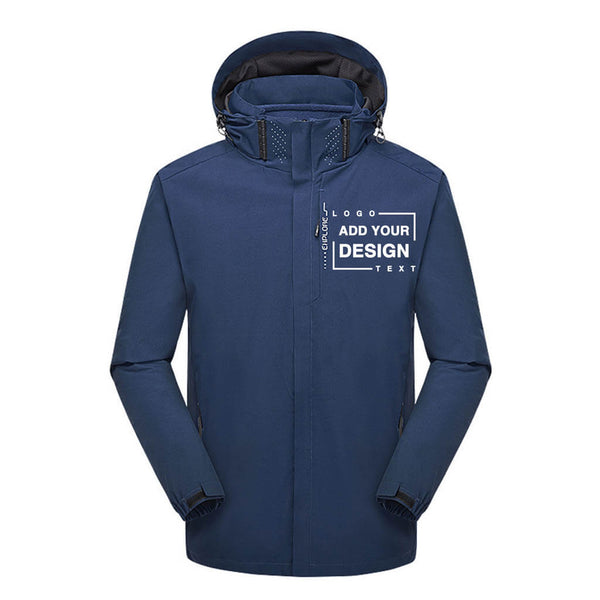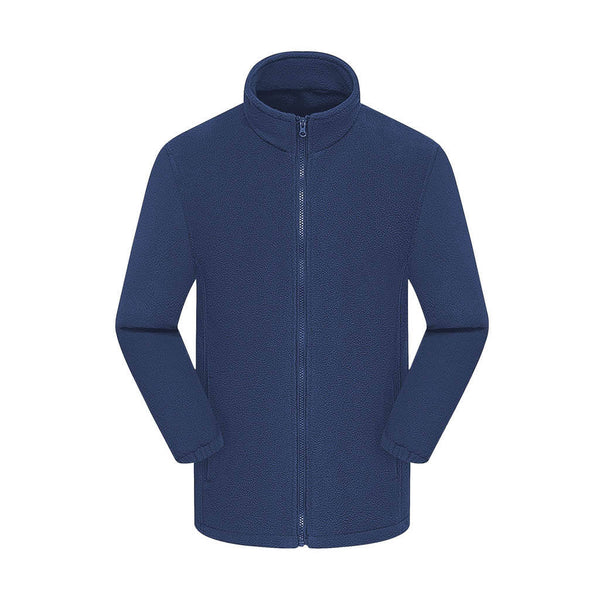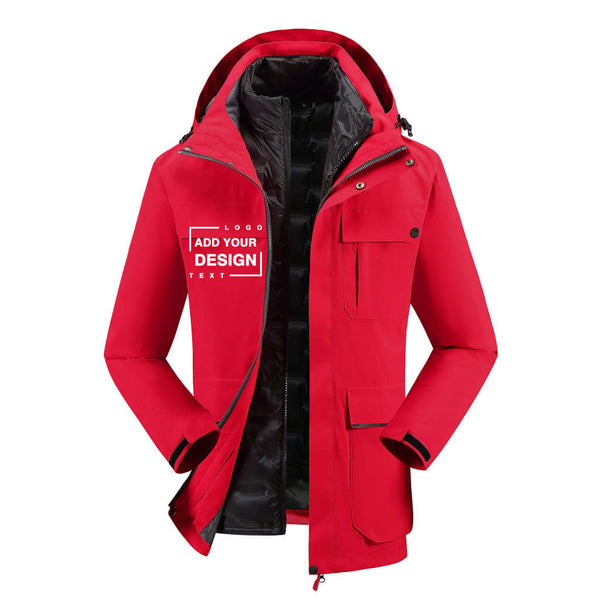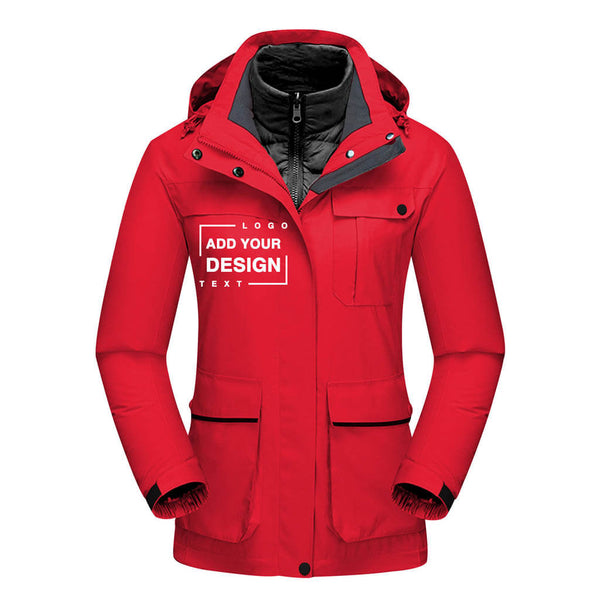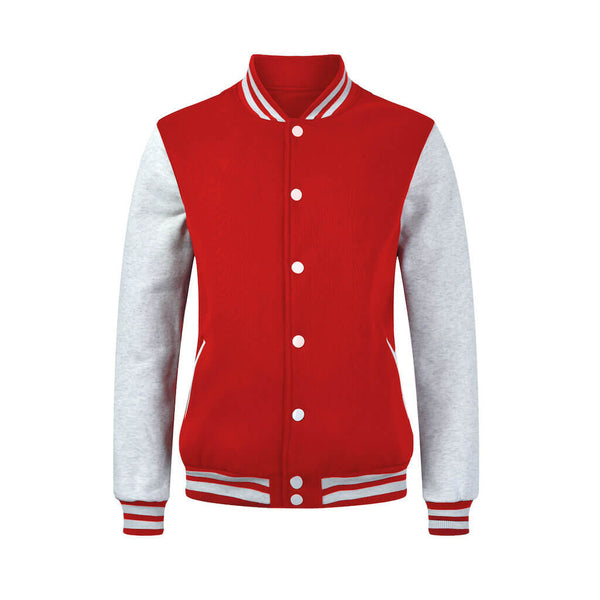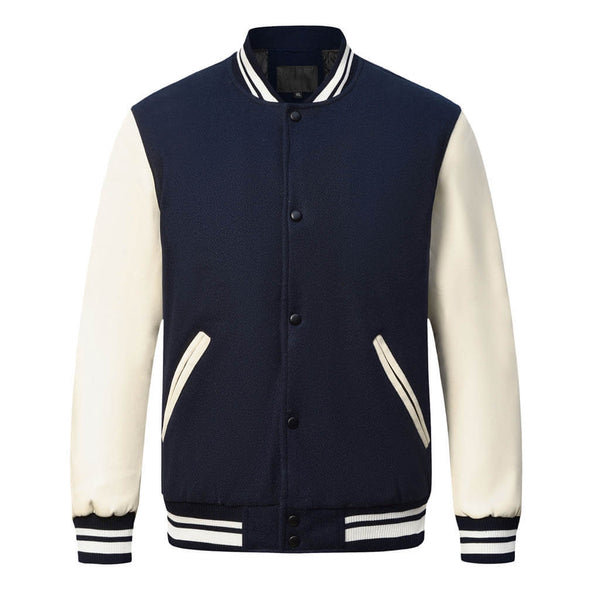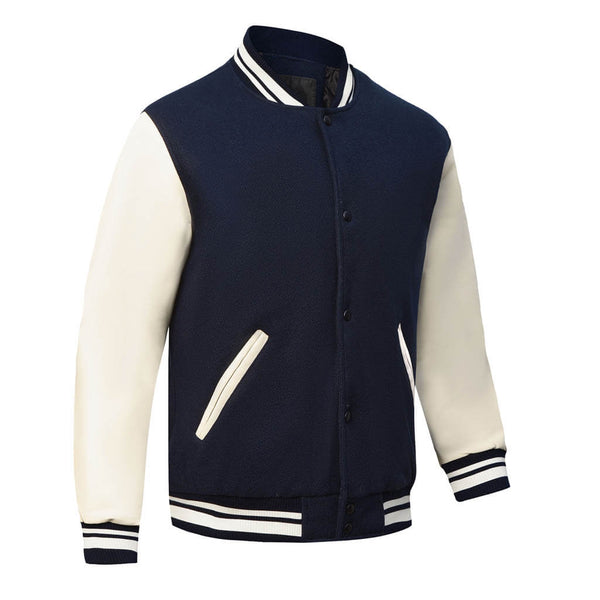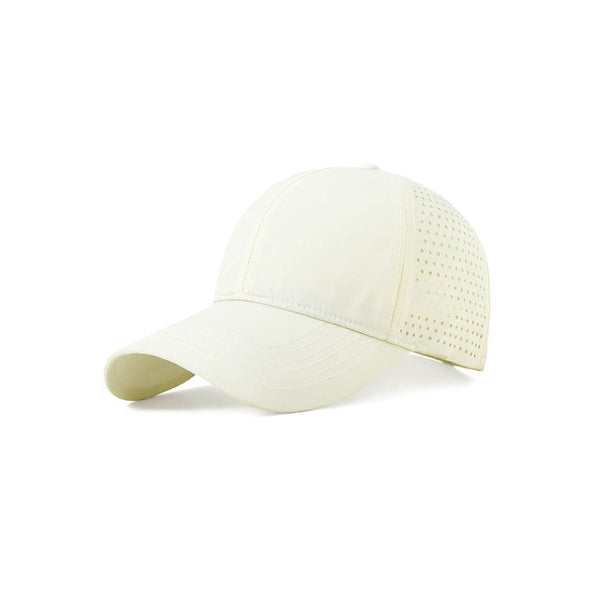Top Basketball Drills Every Player Should Know
May 13 2024 – Power Rich
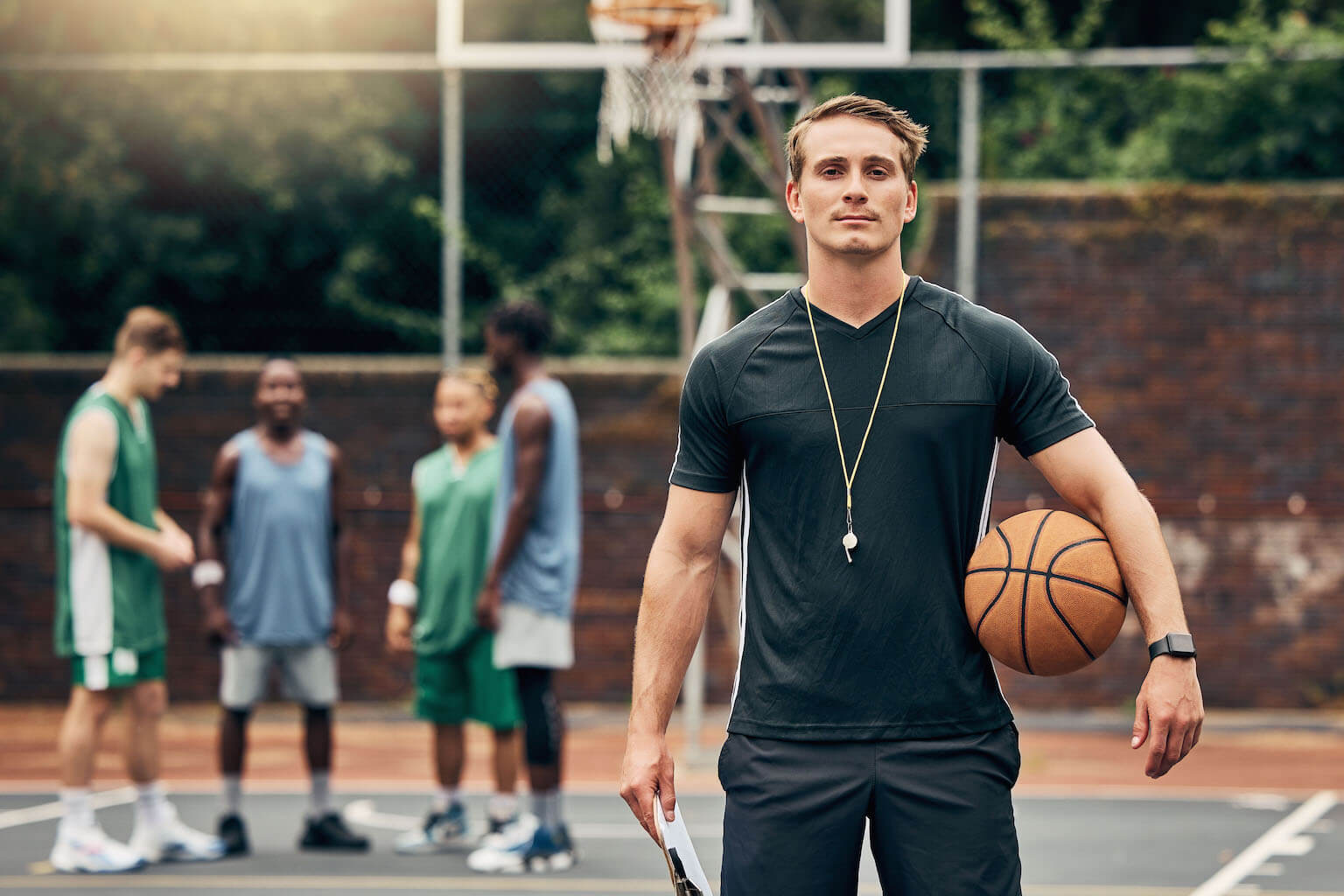
Coaches play a pivotal role in shaping players into well-rounded athletes, and effective basketball drills are crucial to achieving success. In this blog, we'll explore some of the best exercises pros swear by to enhance skills and elevate performance on the court. Each section below will focus on different methods for improving ballhandling skills, defensive abilities, and more to get your team in tip-top shape. Grab that clipboard, and let's jump in!
Basketball Drill Equipment
Basketball drills often rely on specific equipment to create a proper training environment. From the basics to specialized tools, here's a rundown of some equipment you can use to run your practice sessions.
1. Basketballs: The heart of basketball training is the ball itself! It's crucial to have a variety of basketballs suitable for different age groups and skill levels. From standard size (official NBA size 7) to smaller sizes for younger players, having the right one ensures proper handling and skill development.
2. Cones/Markers: Versatile and fundamental cones or markers aid in setting up drills, marking boundaries, and guiding player movements. They're perfect for dribbling drills, agility exercises, and establishing shooting spots on the court.
3. Pinnies: Pinnies such as these are great for basketball practice. They help players know who is on their team and who they're playing against, especially in mock game settings.
4. Shot Clock/Timer: A shot clock or timer can be used during drills to simulate game-like scenarios and instill a sense of urgency. It helps players practice decision-making under time pressure, enhancing their game awareness.
5. Shooting Aids: Items like shooting sleeves, shooting gloves, or shooting arcs can help players develop proper shooting form, release, and accuracy.
6. Dribbling Goggles: If you're working with beginners, having these in your toolkit may be helpful. Dribbling goggles restrict downward vision, encouraging players to rely on touch and muscle memory. They also improve ballhandling skills and court awareness by forcing players to keep their heads up while on the court.
7. Rebounders and Passing Machines: For solo practice sessions, specific skill development, rebounders, and passing machines simulate game situations, allowing players to work on shooting, passing, and rebounding without relying on other players.
Training Basic Movements
Every basketball journey begins with learning the basics. Let's examine four basketball movements that set the stage for success.
Basketball DribbleDrills
Dribbling is the heartbeat of basketball—a skill that defines a player's control over the ball and ability to move seamlessly on the court. Start with proper hand placement: fingers spread, fingertips on the ball, and wrist bent. Practice dribbling low and close to the ground, using fingertips to control the ball's bounce. Work on changing hands smoothly and keeping the head up to scan the court.
Once your players feel comfortable, progress to moving between cones for agility. Another exercise includes practicing dribbling the ball around and between the legs to form a figure eight. If you want to make it fun, challenge your players to sit on the floor while dribbling, lay down, and come back up while keeping the ball in control.
Drills for Basketball Footwork
Good footwork is the foundation of agility and quick movements. Train pivot steps, jab steps, and jump stops for better control and maneuverability on the court. For example, the jump stop and pivot focus on balance. Have your player practice catching the ball on the move, executing a controlled jump stop, and pivoting to change direction.
Basketball CatchingDrills
Passing and catching go hand in hand. They're both about precision, timing, and teamwork. Work on different passes: chest pass, bounce pass, overhead pass. Emphasize proper technique—step into the pass, use wrist action for control, and follow through. To play in sync, they must get the hang of reading each other's movements so they can think and act fast while crossing the floor.
Once they know how to do it properly, it's time to shake things up with a bad pass drill. The name says it all. In this drill, players intentionally make inaccurate passes to each other. The receiver needs to adjust by moving both feet to reach the ball and catch it using both hands. It's a great exercise to keep them on their toes.
Defensive Drills for Basketball
Defense in basketball is more than just blocking shots or stealing the ball; it's the key to disrupting the opponent's offense and turning the tide in your team's favor. The ability to protect not only prevents the opposing team from scoring but also creates opportunities to gain possession and control the game's tempo. Let's take a look at some ideas to incorporate into your training sessions.
Defensive Stance Chair Drill
Let's start with the basics. How do you hold a defensive basketball stance? Get the team facing a bench, bleachers, or chairs for this drill. When you signal, everyone should slowly sit back into the chair, getting into that defensive stance- feet apart, back straight, hands up. Next up on your signal, get them to rise while keeping that stance locked, holding it for 10-15 seconds. Then, following your cue, they step-slide to the right or left. Repeat the cycle. The essential tips here? Keep that balance, don't let the feet cross, maintain a level head, and keep the torso centered. It can also double up as a conditioning workout if you make them hold that stance longer!
1-on-1 Close Out
The objective of this drill is to improve the closing of the gap between the offensive player and the defender. All you need is two players and a basketball set up on a half-court. To start, get the players standing some distance apart. On your cue, the offensive player moves to simulate taking a shot or driving toward the basket. The defender practices closing the distance swiftly, maintaining proper defensive form, and contesting the shot without fouling.
Offensive Basketball Drills
An effective offense isn't just flashy plays and slam dunks; it's about orchestrated movement, precise passing, and strategic positioning. These drills are the building blocks that create a cohesive, high-scoring team.
Shooting Drills
Shooting is the ultimate skill in basketball. Begin with the shooting stance: feet shoulder-width apart, knees slightly bent, and eyes on the rim. Focus on the shooting motion: elbow in, arm extended, and wrist flick upon release. Practice shooting from various spots on the court to develop accuracy and consistency.
Transition Drill
Now, let's work on some basketball team-building drills. This one focuses on quickly transitioning from offense to defense or vice versa while using the full court. Begin with a 3-on-3 or 4-on-4 setup playing a regular game. Players immediately transition from offense to defense or defense to offense when a shot is missed. Emphasize speed, communication, and proper positioning to quickly adapt to changing game situations.
Final Thoughts
Dribble drills, shooting, footwork, and more, these drills are the backbone of basketball improvement. They're not just for rookies but for everyone looking to level up their game. By committing to these drills regularly, players can see real improvements in their skills and positively impact their team. It's not just about getting better; it's about gaining confidence and taking their game to the next level. So, dive into these exercises, put in the work, and witness the transformation they can bring to their performance on the court!
